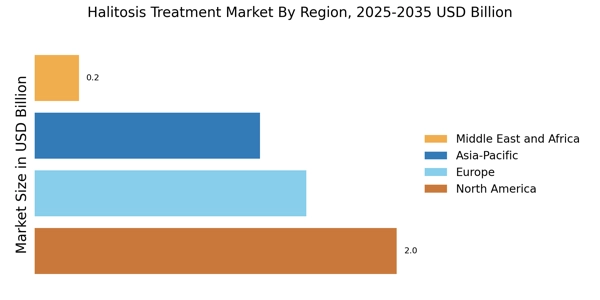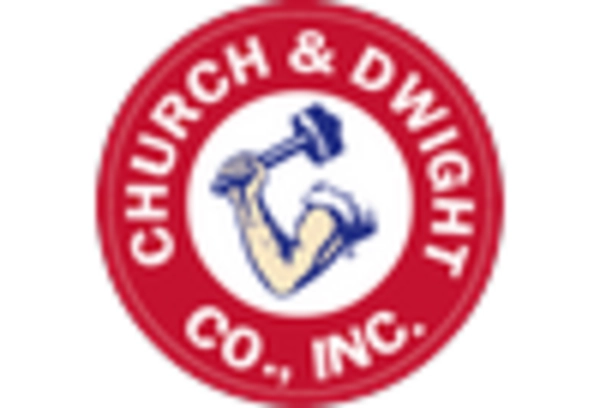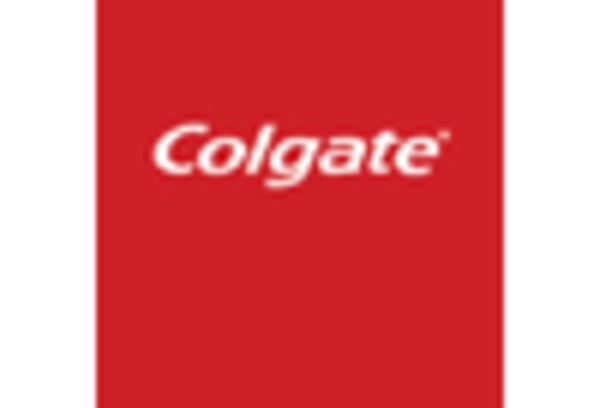Leading market companies are extensively spending R&D on increasing their product lines, which will help the Halitosis Treatment Market grow even more. Important market developments include new product releases, acquisitions and mergers, contractual agreements, greater investments, and collaboration with other organizations. The Halitosis Treatment industry must produce cost-effective merchandise to flourish and thrive in a more competitive and increasing market climate.
Manufacturing locally to reduce operating costs is an effective business strategy manufacturers use in the worldwide Halitosis Treatment industry to serve clients and expand the market sector. The Halitosis Treatment industry has provided some of the most important benefits recently. Church & Dwight., Colgate-Palmolive, and other major companies in the Halitosis Treatment Market are aiming to enhance market demand by investing in research and development activities
American consumer goods corporation Colgate-Palmolive has its main office on Park Avenue in Midtown Manhattan, New York City. Production, distribution, and provision of domestic, health, personal care, and veterinary items are the company's areas of expertise. The biggest manufacturer of soap and detergent in the world, Procter & Gamble (P&G), has long been a rival of Colgate-Palmolive. Following World War II, P&G launched their Tide laundry detergent, which attracted thousands of customers away from Colgate's soaps. When P&G introduced fluoride to their toothpaste, Colgate lost its top spot in the market (Colgate has subsequently reclaimed the top sales spot).
In May 2021, In the United States, Colgate's Hello Products debuted fresh, natural, and eco-friendly oral care items like a reusable toothbrush, floss flavored with peppermint oil and coconut oil, tablets that freshen breath, and mouthwashes.
The market leader in home and personal care goods is Church & Dwight. ARM & HAMMER, Batiste, OxiClean, Trojan, XTRA, Nair, First Response, Spinbrush, Orajel, vita fusion, Li'l Critters, Water Pik, FLAWLESS, Zicam, and TheraBreath are just a few of our internationally recognized brands. They were established in 1846, operate internationally, and are included in the S&P 500. At Church & Dwight, they fuel people's daily lives by offering high-quality, cost-effective consumer goods. Where impact meets ambition is here. They are proud to be experts in our fields. Their team of highly skilled individuals innovates and concentrates on innovative methods.
In November 2021, Church & Dwight Co., Inc. signed a legally binding contract to buy the TheraBreath name. TheraBreath is the second most popular brand of alcohol-free mouthwash in the US. Therefore, these advancements will probably help the market in North America flourish.


















Leave a Comment